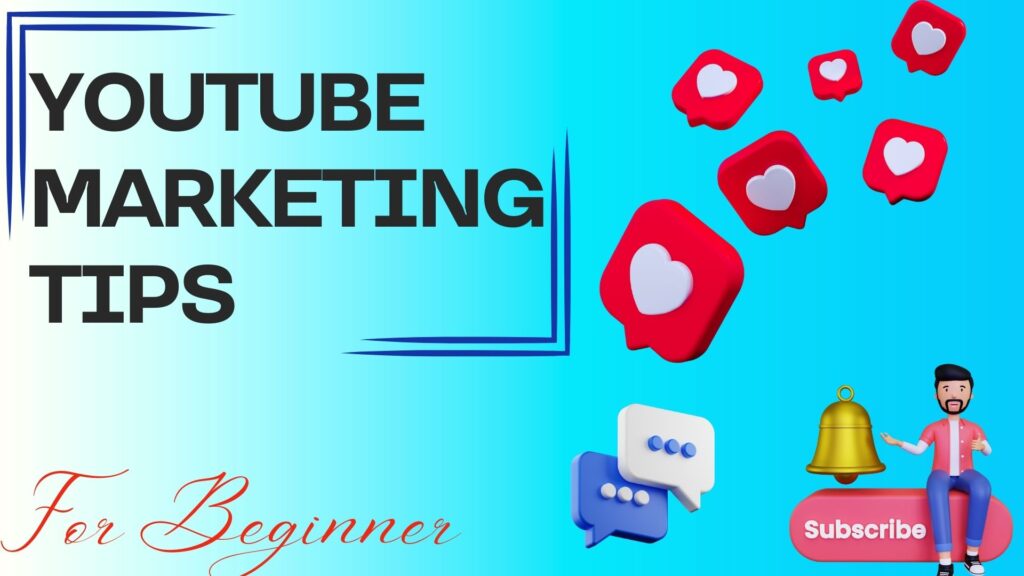Keywords and tags are used for ranking in search engine optimization SEO. You need to select keywords in a relevant way, strategically place them in your content, and classify and organize all your information using tags. This helps in elevating your visibility on YouTube. This makes it easier for users to find your content. By applying keywords and tags, you can increase the views and engagement presence in your YouTube ranking.
Importance of Keyword and Tags Research
With the way the internet is spreading these days, it is important to get your content noticed in the repository of information. Now the correct way to do this is to do Seo. Where to use the most original words and tags. Today’s content will show you how to correctly identify keywords and how you can include them into your content, as well as the right way to use tags effectively to improve your YouTube ranking.
Use of keywords and tags on YouTube
Understanding YouTube SEO
YouTube SEO is a process by which you can give your video content a very superior place in the search results on YouTube. Just like we do Seo in Google, Seo in YouTube requires understanding the algorithm of the YouTube platform. Where we will do everything very delightfully by following all the proper rules and policies of YouTube. Using keywords and tags to improve the visibility of content on YouTube.
Identify keywords and Tags according to niches.
1. Keyword research
First, you need to research the keywords that are relevant to your niche. You can use YouTube’s search bar or keyword research tools like TubeBuddy and VidIQ. When you are working on a new channel, you must keep in mind the low to medium search volume. If you work with an extra high search volume, there is more competition. Then, satisfactory views are not obtained. In this case, if you have a new channel, target search volumes between 1000 and 5000. So what’s the competition like? Take the ones that have less competition.
2. The analysis of the competition
Check out the top-ranking videos on the specific niche you’re working on. Analyze how they use titles, descriptions, tags, etc. Identify key words. The reason for doing this is that here you can understand what your competitors are working on and you have the opportunity to overtake the competitors by adopting the right strategy after knowing everything.
3. Long Tail Keyword
Let me clarify the topic of keywords a bit more. Keywords are of two types. One is the Short Tail keyword. The other is the long tail keyword.
Short-tail keywords usually consist of one to three words. For example, YouTube marketing, SEO tips, and videos. This type of keyword is called short tail keyword.
A long-tail keyword consists of four or more words. For example, “how to start a you tube channel.” Now, you need to focus more on keywords, such as longer keywords and more specific phrases. The advantage of using long-tail keywords is that there is less competition for these keywords and one more thing that can attract visitors.
Include keywords and Tags in your content.
Video title
The title of your video is the most important ranking factor. Because the audience will see the title of your video first. Must remember Include your main keyword in the title. And keep it interesting and informative so that it attracts clicks.
Video Description
You have to pay attention to the video. Write a complete description that includes your main and supporting keywords. The video description must be written within 5,000 characters. Try to provide as much information as possible. Describe what the video is about. Include all of your social media links. You can also use keywords in the description. And inspire viewers to like, comment, and subscribe.
Tags
The function of using tags is to help your YouTube channel understand the content of the video and classify the video. Use a mix of related and broad tags with the video. Use your main keyword as the opening tag, then add related words and variations.
Use tags effectively
1. Specific tags
Tags focus on the specific content of your video. They get much less volume, but they also have a lower competition, so your video is more likely to rank on YouTube.
Let’s simplify this with an example: Different Tags for similar cooking videos are “easy-cooking-recipe,” “30-minute-meal”, and so on.
Expanded Tag
A broad tag is a wide description of the main topic of your video. Extensive tags have a high search volume but are very competitive. Use a few broad tags to cover the main point of your video.
Let’s simplify with an example: For an entertaining video, there can be a wide range of tags such as Entertainment, Laughter, Fun, and Excitement.
Branded Tag
You have to keep the branded tag in mind very carefully. If you have a recognized channel name, use your brand tags to make this name appear on your strong brand. That is, present the name of your particular channel in a way that makes it easy for viewers to find all your content.
Let’s simplify the matter with an example: You can include the name of your channel in the tags like “Comedy with Sajjad,” “Regular exercise with mary.”
Optimizing other components
Thumbnail
An interesting thumbnail can significantly affect the click-through rate of your video. Create attractive thumbnails using high-quality images, readable text, and consistent branding.
Engagement
Always encourage your viewers to like, comment, and share your videos. A high level of engagement signals to YouTube that your content is valuable. This is what customers want to see, which can increase your ranking.
Playlist
You can assemble your videos in a playlist according to a specific theme or topic. This makes it easier for viewers to find content in playlists on specific topics. And when the audience sees one video, it creates interest in the audience to see the next content. This results in growth in watch time on YouTube, which can be counted as a major ranking factor.
Updates and compatibility
Upload on a regular basis.
Regular uploading of videos on YouTube is one of YouTube’s algorithms. If you upload videos on a regular basis, it will keep you engaged with your audience. It also helps YouTube to know that your channel is active.
Update your content
Update your video description titles and tags on a regular basis to keep them relevant. That is, keep your content updated with the latest keywords and their practices as the trend changes.
Case Study: How To Create An Upload Video Process
If you, for example, have a fitness channel and want to do a “homework routine,”
1. Keyword research: Fitness channel keywords could be 1) No Equipment workout,2) Full Body Workout at Home)and even Home or At-Home Workout Routine.
2.Title: The title for your video could be “No Equipment Full Body Workout” or “Home Workout Routine”
3. Description: The Key descriptions must be created or written in detail, and embedded as you would do it normally. Provide a step-by-step explanation of what the viewers can learn how to do as well as including complementary call-to-action button for subscription under other videos.
Tags: In this section, use tags like your channel name, for example, “Home Workout Fitness,” “House Regular Workout,” “No Equipment Full Body workout” etc.
Thumbnail: Make an intriguing thumbnail that shows off your workout exercises. You want the viewer’s Views to be on that perfect or intriguing thumbnail. Viewers express interest in watching the video as soon as they see a thumbnail.
Conclusion
In order to rank higher properly, you need to research keywords and tags in a disciplined way and in accordance with the rules and regulations. Include the usual keywords and pay attention to the use of functional tags. Make interesting headlines, detailed descriptions, and interesting thumbnails. Be sure to engage with the audience. Encourage visitors and maintain a regular upload schedule. Stay up-to-date by providing content on a regular basis and updating previous content. If you can follow all these things properly, then the proper use of keywords and tags will result in your video and your branded channel getting a higher ranking on YouTube.
Read More: http://exploringdigitalmarketing.com/youtube-marketing-essentials-for-beginners/







